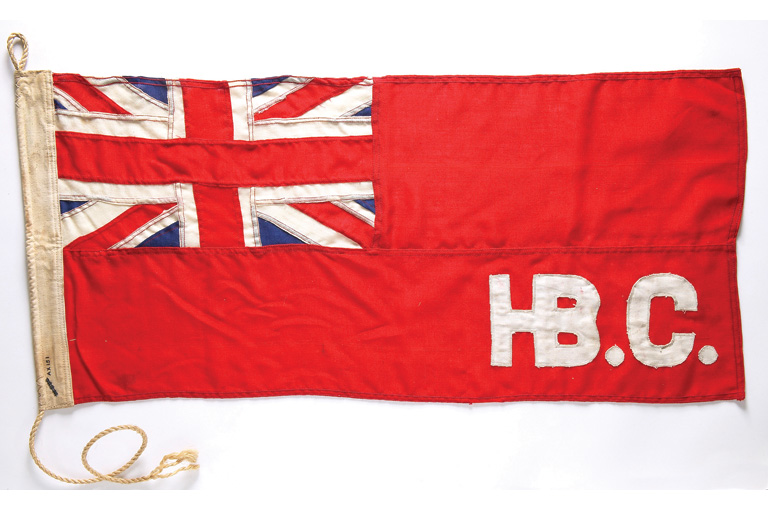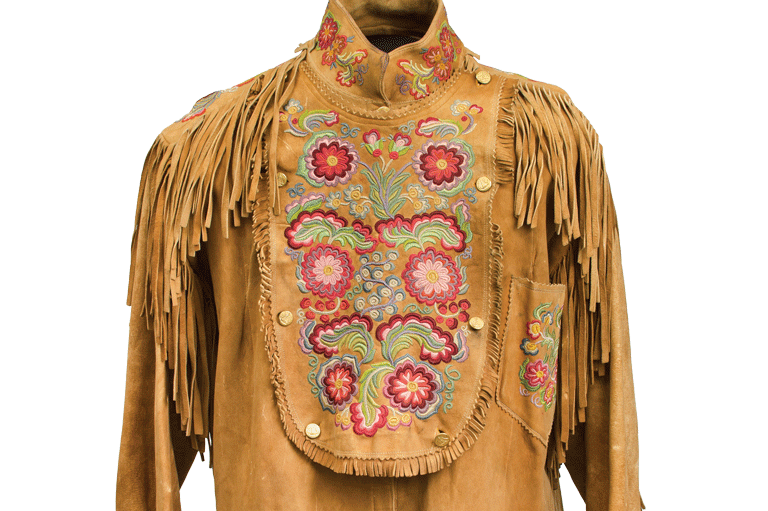Métis Frock Coat

This early 1820s hide coat is associated with the Métis culture from the Red River settlement area. It was inspired by the European frock coat and reflects two cultures brought together through the fur trade.
Unlike its plainer European counterpart, the Métis frock coat is richly decorated and includes colourful First Nations geometric designs and Métis floral work. The coats were worn by Métis men and used as trade items.
Measuring 115 centimetres long and 56 centimetres wide when open, the coat is most likely made out of bison hide. Further details include flattened and dyed porcupine quills in the shoulder areas that were woven on a bow loom before they were attached to the coat.
A woven sash would have been used to keep the coat closed.
Themes associated with this article
Advertisement




